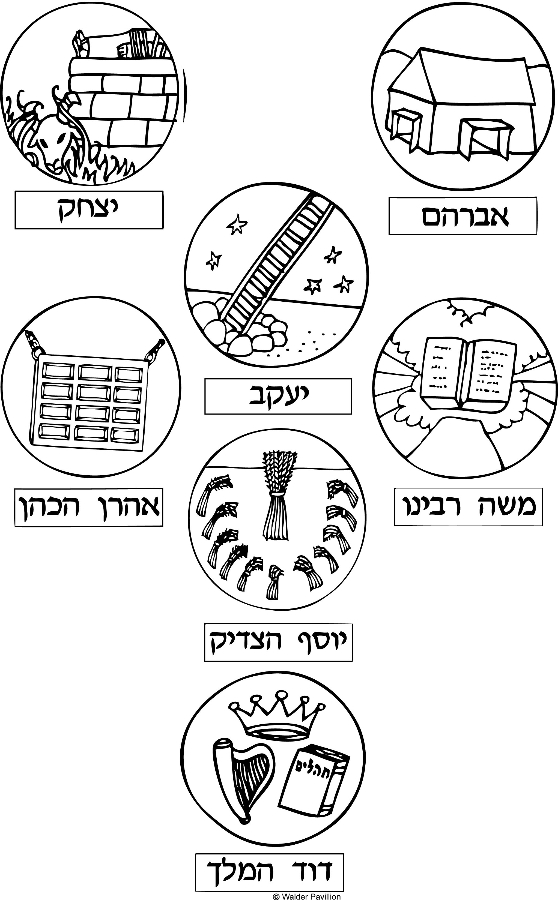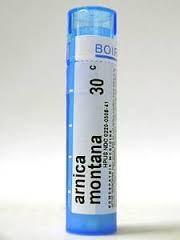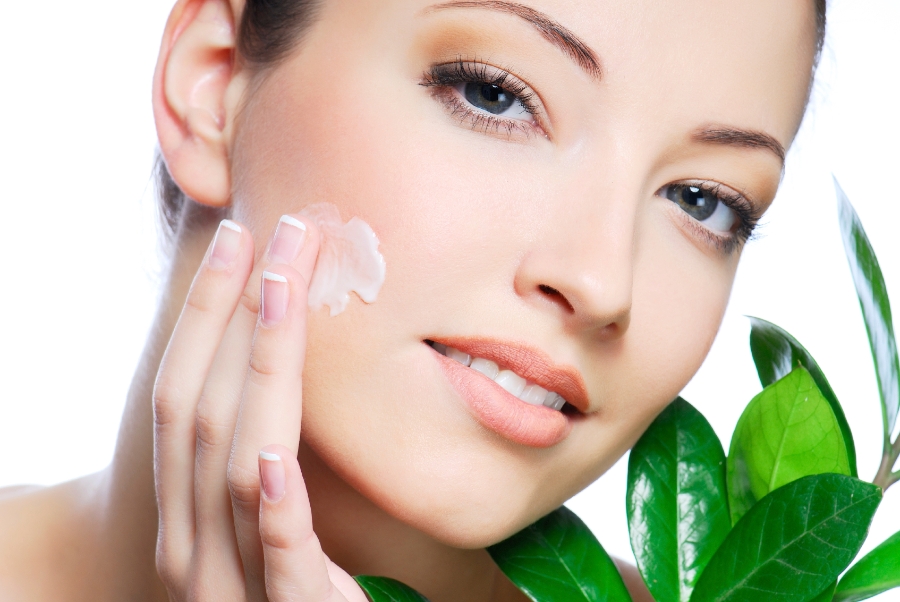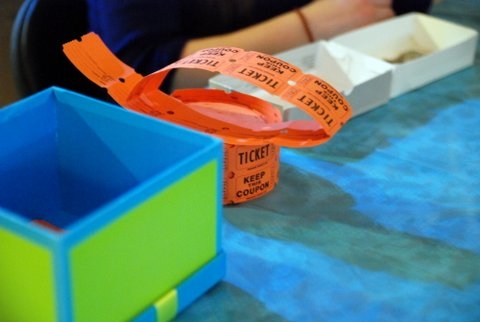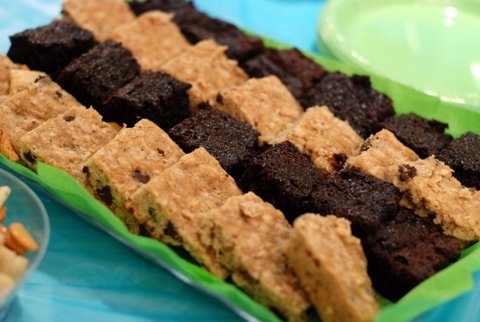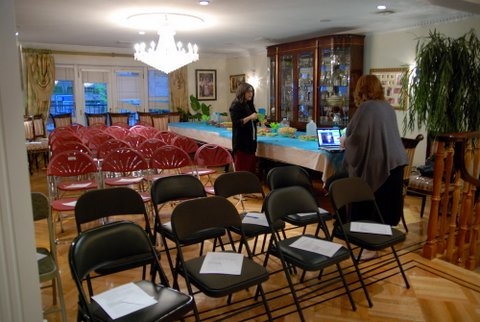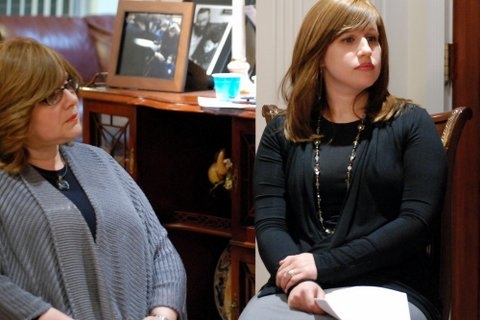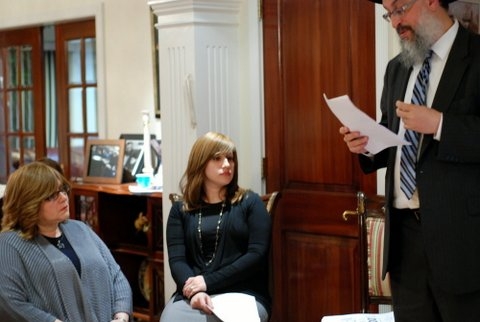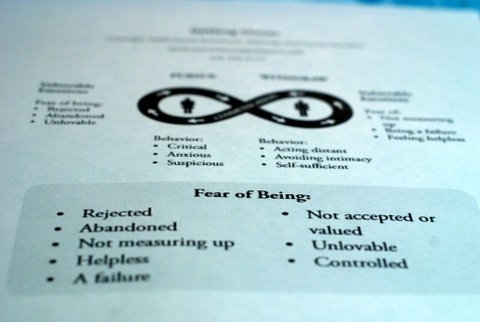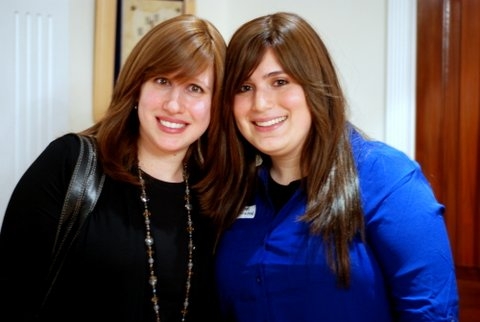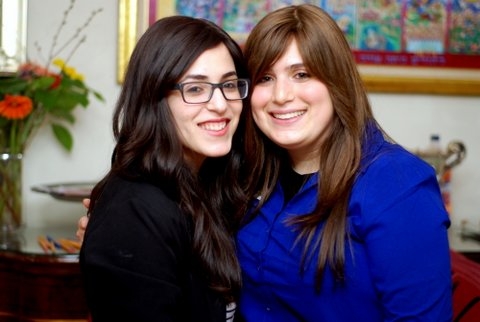By: Nechamy Rabin
I have started and stopped this following post so many times that I’ve lost count. But today, I’m inspired to write.
I was the girl with boundless energy and who was always quick to laugh. I was quick to frustration too, but I wasn’t terrible 🙂
I loved to head projects and be smack in the middle of things. I was organized and boisterous and loved every second of it. All throughout high school, I was on the committee for our annual school weekend away and I always had something busy in the school play, be it as lead actress, choreographing a dance, or heading the entire production.
I volunteered with children who had special needs and I worked on Sundays as well as weekends, in an educational capacity. I took meticulous notes if class was interesting and made innocent trouble when I got bored. I just always needed to be doing something. I loved the feeling of accomplishment.
This energy served me well when I finished high school and went on to do program coordinating for a nonprofit in California, and then when I moved to New York and began to work in a local school. After I got married, my husband used to tease me about not being able to sleep in and jumping out of bed the instant that I woke up. When I got pregnant, I was slightly lazier, but still energetic. During the summer that I was pregnant, I worked in a preschool camp that required a 1.5 hour commute to Connecticut each morning (and then back in the afternoon) and it didn’t phase me.
When delivery day finally came around, I remember that at one point during labor, I told the midwife that I did not need such a long break between pushes. She and my doula laughed and said, “Now is not the time to be an overachiever.” But that was me. Seven weeks after my daughter was born, I went back to my job of teaching in the afternoons. When she turned nine months old, I enrolled in college for evening classes. It was hard- balancing everything, but there was a crazy type of adrenaline that came with it as well. I didn’t stop when I became pregnant with my second child and continued my rigorous schedule: Mommy in the morning with my toddler at home, teacher in the afternoon, and student in the evening. I didn’t think anything could stop me.
I was wrong.
My second daughter was born on May 25th, a rainy Friday afternoon. A holiday (Shavuot) was set to begin on Saturday night so once sunset hit on Friday, we would be in for a three day stretch of no electricity, phones, driving, etc. I didn’t want to be in the hospital alone and so I left 7 hours later. I was throwing up but I didn’t let the nurses see because I was so scared that they would make me stay.
I didn’t stop pushing myself. When the holiday was over, my husband returned to work and I was home with the newborn and my 2.5 year old. It was tiring, but my frustration level was at an all new low and I was getting very agitated with myself. I was used to pushing myself, so why wasn’t this working now?!
A wonderful organization sent me a delicious fresh breakfast every morning for the first couple of weeks. My sister came over with her three-month-old baby to help entertain my big girl and to be there for me. My husband was supportive and amazing and didn’t stop for a second when he came home. Still, I felt the weight of the world on my shoulders and found myself reduced to tears in minutes.
Visitors would urge me to sleep while they were there, to sleep while the baby was sleeping, to sleep whenever I could. They didn’t know that sometimes I just couldn’t sleep.
There were nights that I would lay awake for hours, sobbing until I was too exhausted to cry anymore, angry that I couldn’t fall asleep. There were days that I couldn’t nap, even when I tried. And there were times, especially when people came over to relieve me, that I wanted to stay awake. I wanted to be with other people and feel normal. Alone in my room, in bed, all I could think about was how little I accomplished and how much time I was wasting.
When the end of June rolled around, my big girl started camp. I was a bundle of nerves. She had never been to school, as she has always been at home with me. I felt like I should have been able to care for her at home along with my baby. I also knew that I was being a horrible mother and that she was getting the brunt of my anger at home and that she would be much happier away from me. Looking back now, I see that I was thinking terrible things about myself that were unwarranted. My daughter was going to camp because she was 2.5 years old and she would have a great time! I had just had a baby and wasn’t going to be able to entertain her and take her out, camp was normal!
Now that it was just me and the baby at home, I was sure everything would finally fall into place. I reasoned that I simply must have been too overwhelmed caring for them both and that now I would be the energetic and efficient mother that I planned to be.
Again, I was wrong.
The days were worse. I was a mess. When my baby didn’t sleep, I would scream at her. Through my tears, I would beg her to be quiet, beg her not to cry, call her names, wish she was gone. I never thought about hurting her and I used that as my measuring stick. I said to myself that if I ever feel like throwing her, I’ll know that this is PPD. But if that’s not happening, this is just me being an absolute failure.
At my 6-week appointment, I waited expectantly for the midwife to ask me about how I was coping. I went to a team of several midwives and it happened that the one I saw that day, was one that I had only ever seen once before. I am sorely disappointed that the practice doesn’t focus on scheduling the 6-week appointment with a more familiar midwife for the patient, as I was too uncomfortable to bring up my feelings with someone that I barely knew. She did ask the routine questions but cut me off with a check on her sheet even before I had finished articulating my thoughts. Thing is? If she would have known me at all, she would have recognized right away that I was so quiet, pensive, anxious, and just extremely out of character.
Over the next few weeks, I called my husband home more times than I care to remember. Sometimes I was too embarrassed to call and I would lay on the floor near the baby’s crib, crying nearly as loudly as she was. I would beg him to read my mind and come home. Eventually I would succumb and send him a text. He couldn’t know how much I had tried to withstand on my own before reaching out to him, and I would often become unreasonably hurt when he wouldn’t immediately understand me. It’s embarrassing to think about this now!

One day, about ten weeks postpartum, I had a fantasy that I would mysteriously fall into a 6-month coma and get a break from my parenting responsibilities. It seemed like the best solution. No deaths, nothing irreversible. My in-laws or my parents would surely come in to help and my big girl would be fine just as soon as I woke up. I knew that I was thinking bad, bad thoughts but it really was appealing.
At that moment, I confirmed with myself what I had already been suspecting: I definitely had Postpartum Depression. Still, though, nothing changed. I told my husband about the coma dream and I knew how uneasy he was, but he didn’t say anything about PPD. I knew it in my heart but I wasn’t going to say anything because if I did, how would anyone know that I didn’t just make everything up?
Growing up, we always had to have ‘proof’ that we were sick or else any feelings of being ‘unwell’ didn’t count. I am sure my parents were just trying to weed out the fakers (who doesn’t try to play hooky one time or another?) but this translated into a huge obstacle at a really tough time in my life. I was desperately waiting for someone else to suggest that I had PPD so that it wouldn’t have come from me and that would make it more ‘real’.
Meanwhile, my husband was simply trying to find the right way of telling me without making me completely reject the idea. He had no way of knowing that I was waiting for him to bring it up. In the end, I so desperately wanted to feel better, I finally mentioned that I was worried that I might have PPD. My husband was extremely supportive and encouraged me to reach out for help.
At first, I tried to call SPARKS, an organization that offers services to women who are suffering from PPD and other issues. The first time I gathered the courage to call, I was put on hold. I hung up after seven long minutes of waiting. It was a while until I gathered enough courage to call again. This time, I was directed to a confidential voice mail. I left a message, but it’s been a year now and no one has ever called me back.
(Don’t worry, I didn’t wait all year for that call.) I soon got in touch with a family friend who is also a therapist. She tried to help me naturally as I was against the idea of medication. We soon realized that it simply wasn’t enough and I was too anxious to work through it this way. She suggested that I call a doctor nearby and schedule an appointment. As soon as I made the decision to do that, knowing full well that I would be starting medication, a huge weight was lifted from my shoulders and I suddenly felt like I could see the light at the end of the tunnel.
I started on a low dose of Zoloft, some vitamins, and instructions to start adding in exercise every day. For the first couple of weeks, I also went on some heavy duty (awesome!!) sleeping pills just so that I would be able to sleep at night until the Zoloft kicked in and the anxiety would dissipate.
I knew that I was going to be okay.
Finally, I was right.
It wasn’t a smooth course. There were ups and there were downs. And then even downer downs. But as I began to take care of myself and allow myself to be constructive with this new sense of ease, I began to get better.
My baby is 14 months old now and I have been off of medication since the middle of May. Some days are still hard and sometimes, my emotions seem overwhelming but I’ve learned a lot about myself this past year and I am getting the hang of it. I can get out of the house with both kids by myself (might seem silly to some but a huge accomplishment for me) and best of all, I am laughing again. I started this blog because I like to laugh at myself and am so thankful that I can still do that.
I’m not perfect yet, and I should continue therapy to learn better ways of managing my stress, but I’ll get there.
Because I truly am a Supermom.
Written by a Balaboostas forum member, who also started her own blog: Motherly Lies
Photo Credit: 2006 Publications International
Comments
comments



